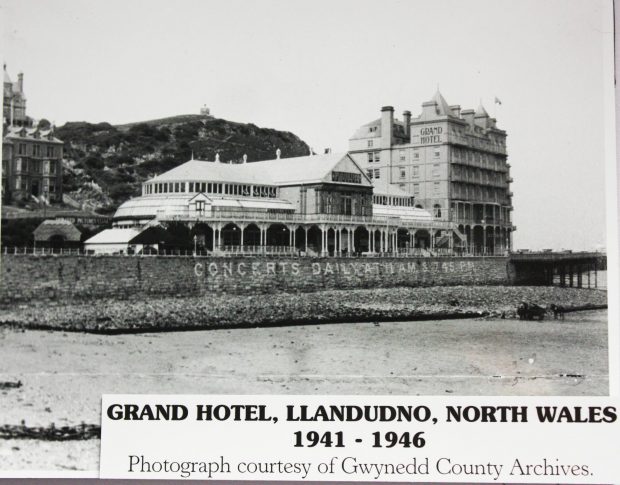Do you remember when cars had a manual choke? Or when the dustman would take anything you left out by your bin? What about having milk delivered to your door every morning? Or when Gillingham beat Chesterfield 10-nil? Those were the days.
I find that looking at the history of how products and companies have evolved over time is quite thought-provoking. With programmes like “Who do you think you are?” and “Great British Railway Journeys”, black and white images and shaky film footage of how things used to look, can bring back fond memories.
Having recently joined Companies House, the office space is modern and most of the floors have been renovated, or are undergoing renovation. But, if you visit certain areas in the basement, you can still see glimpses of how the office looked when it first moved to Cardiff, back in 1976. 40 years seems like a lifetime ago. But, the history of Companies House goes back much further.

Established in 1844 by the Companies Act of the same year, the first company through the door at 13 Serjeant’s Inn, Chancery Lane, London (with their correctly completed paperwork and £5 filing fee), was company number 1: National Savings Bank Association Ltd. Actually, they were not registered until 1856, but they were number 1 on the register. Perhaps there was a delay in processing. We're much quicker now.
The Companies Act of 1856 saw the opening of the Edinburgh office, and the introduction of memorandum and articles of association instead of a deed of settlement. One of the earliest companies still on the register from that era, is company number 118: Ashford Cattle Market, incorporated on 25 September 1856.
The first office move occurred in 1877, from Chancery Lane about a half mile down the road to Somerset House, overlooking the Thames. In 1936, the office relocated across the road to Bush House, which, when built, was declared to be the most expensive building in the world. Named after American business tycoon, Irving T Bush, the building was home to the Registrar of Companies until 1963. Although, there was a short sabbatical from 1941 to 1946, due to the war.

Cardiff was not the office’s first foray into Wales. During the war years, its home was The Grand Hotel, Llandudno. Nestling at the foot of the Great Orme next to Llandudno’s pier, the hotel was one of the many ‘safe havens’ for citizens escaping the London Blitz.
55–71 City Road, was the office’s last main location in London, before its move down the M4 to Cardiff, in 1976. We still retain a London office, but the processing for English and Welsh companies is all done in Cardiff.
The register has increased from 805 companies in 1885, to over 4 million in 2018. Paper-based systems, which transformed to microfiche systems, have now been replaced with digital services. And improvements and equipment are being continually updated to reflect new technologies.
So, what is Companies House? Watch our short video and see for yourself.
We’ll be launching a series of videos, case studies, podcasts and webinars, over the next few months. If you’re enjoying our blogs, sign up for regular updates and we'll keep you informed on the latest news and developments.
To keep in touch, sign up to email updates from this blog, or follow us on Twitter.

1 comment
Comment by Sarah posted on
I like to read the stories/articles that you put up. Thanks!